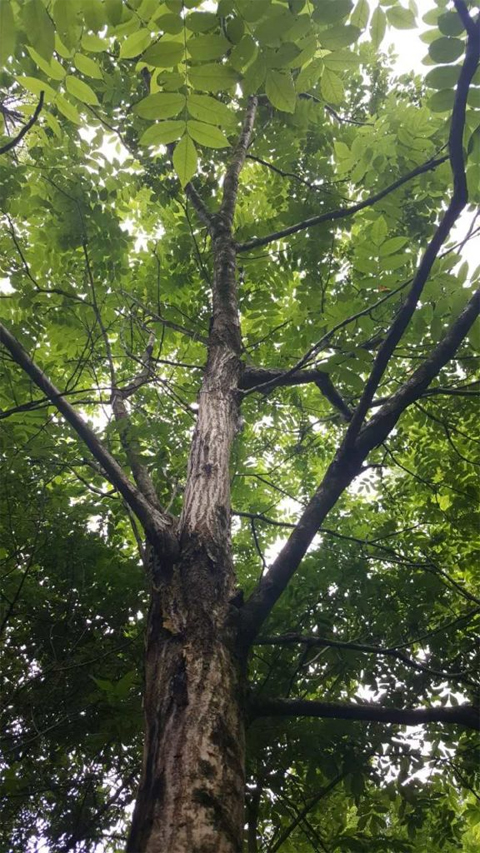By Shelby Kihm
Field Ecology major interning at the Wayne National Forest
Hello Everyone,
Have you ever been roaming the woods? Finding yourself facing a tree that could be on the verge of being totally wiped out? I’m sure you could name a couple, like the Ash tree (Fraxinus americana) or maybe even the Eastern Hemlock (Tsuga canadensis).
To look at the great wooded landscape, seeing nothing but dead tree tops or huge cankers encroaching bark of trees is saddening. On the Wayne, one species that is looked for while taking surveys is the Butternut tree (Juglans cinerea).
Butternut Trees Keep Declining
The Butternut tree (Juglans cinerea) also sometimes referred to as the white walnut, is a highly valued hardwood tree seen here in the Eastern forests of North America. The white walnut is very closely related to the black walnut (Juglans nigra), and they have similar key features. Both species loving moist, rich, but well-drained soil types, habitats most likely being the bottomlands found by creek sides or rivers. Like most of the species in this family (Juglandaceae) they both release a chemical in their roots called juglone, which can be toxic or stunt the growth of other species, but it doesn’t stop the bark canker from attacking the Butternut species.
The bark canker is a fungal disease called Sirococcus clavigignenti-juglandacearum—if that isn’t a mouth full! This fungus invades and spreads quickly diminishing our Butternut populations in many states, Ohio sadly being one of those. Working with Wayne National Forest has been a great opportunity to see some Butternuts that were still in great health, and some where the cankers have already set in. They will destroy the bark, causing twigs and larger limbs to die and eventually taking over the entire tree.




















2 Comments